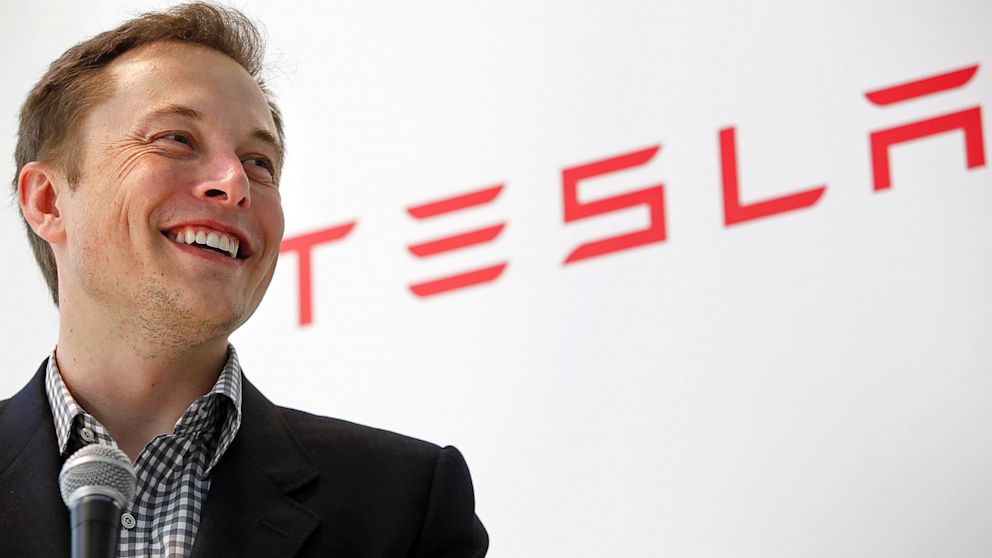Tunnel Time?
Musk's suggestion for LA
Late last year, entrepreneur Elon Musk sent out a series of tweets complaining about the heavy traffic in LA. Can’t argue with him there – Southern California has the country’s worst traffic, according to a study released by the data company Inrix. Musk called being stuck in traffic “soul-destroying.” But he didn’t just whine, he […]
